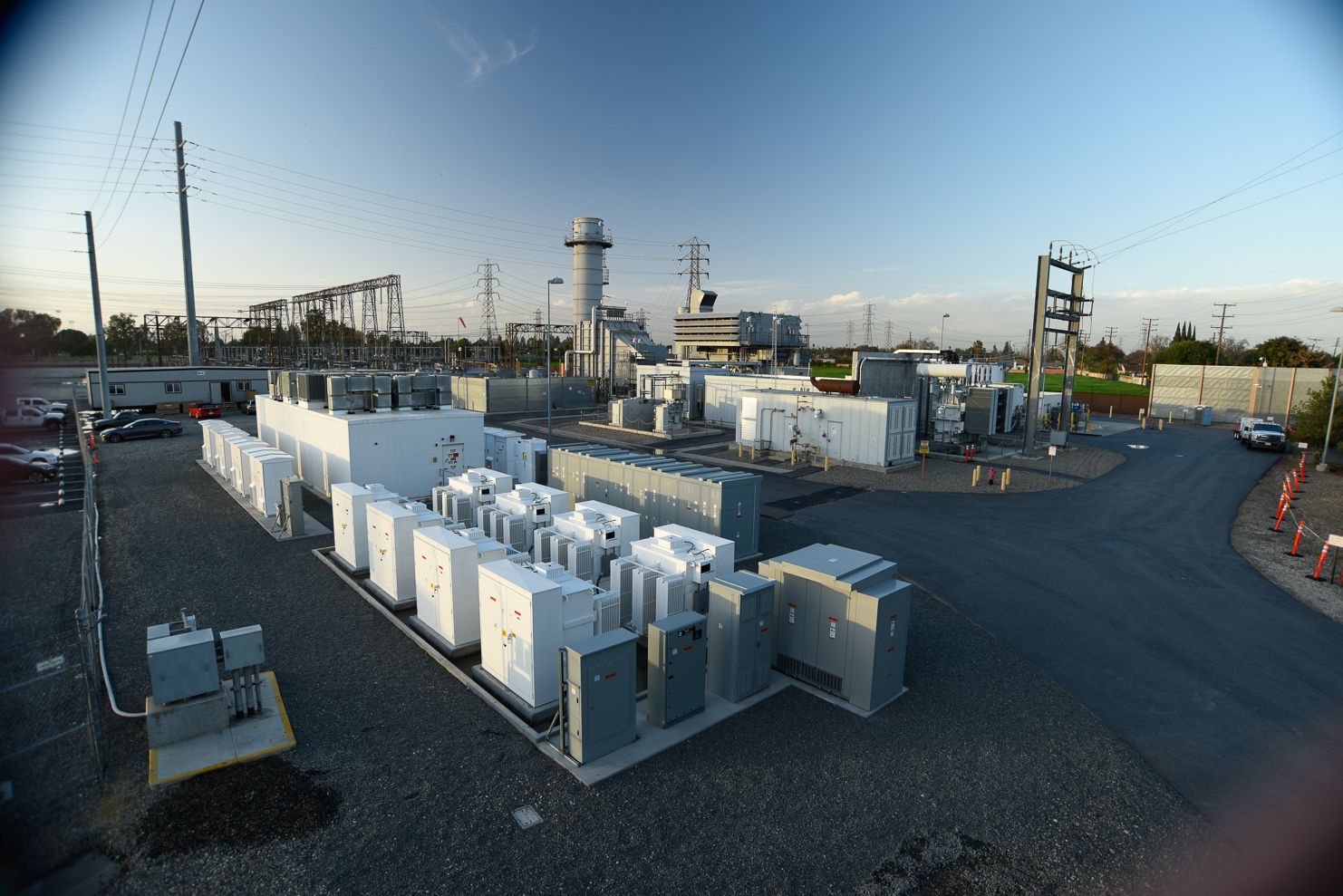The leader of General Electric is handing over the reins after 16 years.
Jeff Immelt took charge of the massive industrial company shortly after the 9/11 terrorist attacks and steered the business through the upheavals of the global recession.
He oversaw a proliferation of GE's activities in energy and the grid edge: the Ecomagination sustainability initiative, leadership in wind turbine manufacturing, smart grid analytics, GE Current, more efficient gas turbines, storage paired with power plants, and machine learning to predict power plant wear and tear before it happens.
GE Healthcare CEO John Flannery has taken over Immelt's role as CEO, and will assume the title of chairman from him at the end of the year. The Board of Directors had been planning for succession since 2011, according to a statement.
Flannery previously held leading roles in GE Equity, GE Capital and the company's India operation. While running business development at GE Corporate, he spearheaded the acquisition of Alstom's power business, which doubled GE's installed power base and strengthened its renewables portfolio (and beat Siemens to the punch).
"He has broad experience across multiple businesses, cycles and geographies," Immelt said of Flannery. "He has a track record of success and led one of our most essential businesses."
Electricity has always been a core business at GE, which emerged from Thomas Edison's early attempts at monetizing power generation and distribution. After more than a century in operation, the company has been willing to change to meet the evolving demands of today's grid.
After Enron went under, GE acquired its wind power unit, and has since grown to reach the No. 2 slot for global turbine sales.
In 2005, GE launched Ecomagination, a strategy to drive more efficient, clean innovation across the various business units. As of 2016, the company had invested $20 billion in clean technology innovation and solutions that returned more than $270 billion of revenue, Ecomagination Global Executive Director Deb Frodl told GTM's Julia Pyper.
In keeping with the company's push to define itself as a "digital industrial company," GE launched the energy management unit Current, which wraps efficient lighting and digital analytics into a smart systems products.
That $1 billion "startup" within a corporation has chased the budding market for integrated energy services. It ran into problems defining its role, given the panoramic suite of products it offered, and launched "strategic organizational changes" last year.
GE's conventional generation division has also gone digital. The Digital Power Plant offering uses internet-of-things data streams to manage gas turbines more flexibly and efficiently.

In April, GE completed its second hybrid electric gas turbine plant for Southern California Edison, pairing 50-megawatt range generators with a set of batteries capable of providing 10 megawatts and 4 megawatt-hours of power. That combination shifts the fast-ramping duties to the batteries, allowing the turbine to operate more efficiently.
Power remains just one of GE's specialties, with other divisions including transportation, aviation and healthcare. It remains to be seen what strategic direction Flannery will take in the coming years, and what emphasis the energy business will have in that.
"In the next few months, my focus will be on listening to investors, customers and employees to determine the next steps for GE,” he said in a statement.
Stay tuned to see if the energy software buying spree continues.



